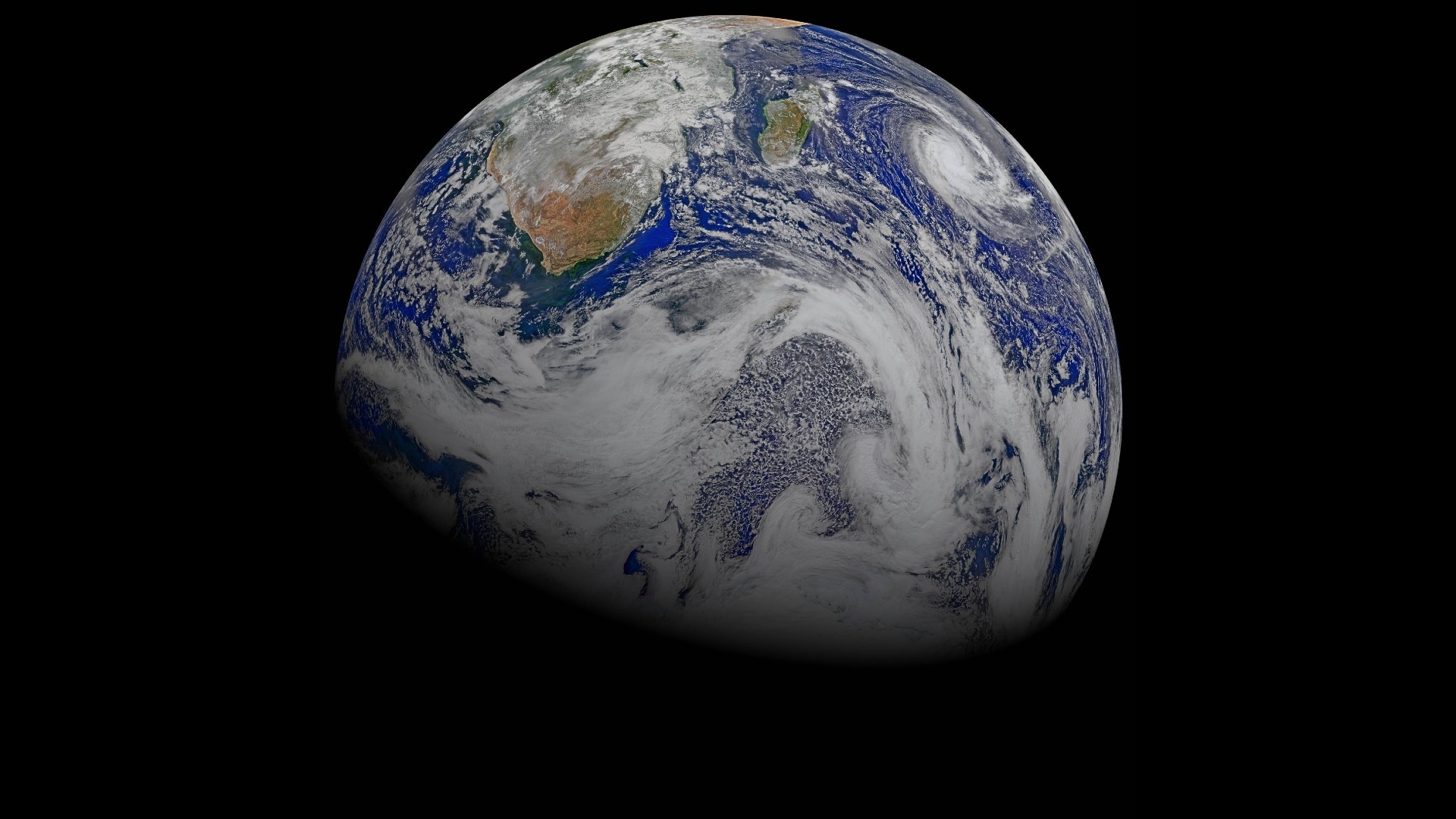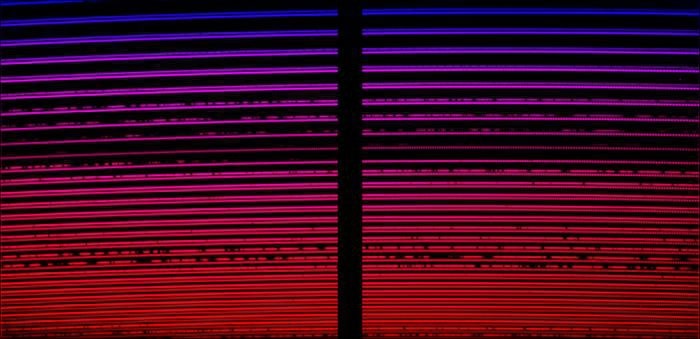Astronomers use starlight to measure greenhouse gases in Earth's atmosphere
Telluric lines, once an astronomer's bane, have a new purpose.

Astronomers are known for peering deep into the universe, but now, their observations might also help us better understand what's happening right here on Earth.
Scientists from the University of Warwick, in collaboration with Spanish institutions, have developed an algorithm that transforms stargazing instruments into climate sensors. Called Astroclimes, the algorithm uses starlight observations to measure greenhouse gases in our atmosphere.
As starlight travels to Earth, it interacts with gas and dust particles in our air and picks up extra absorption features known as telluric lines. Astronomers typically remove these lines to "decontaminate" their observations of starlight.
But Astroclimes developer Marcelo Aron Fetzner Keniger, a Warwick Prize Ph.D. student in the Astronomy and Astrophysics group at Warwick, realized that telluric lines could be useful in another way: tracking greenhouse gases (GHGs) like carbon dioxide, methane and water vapor in our atmosphere, specifically at night.
"Using telluric lines to measure the abundance of GHGs in the Earth's atmosphere has been extensively employed using solar spectra, for example by the COllaborative Carbon Column Observing Network (COCCON)," Keniger said in a statement. "However, since they rely on solar spectra, these measurements can only be carried out during the day, so Astroclimes can hopefully fill the gap with nighttime measurements."
To test the idea, the research team ran an observing campaign in July at the Calar Alto Astronomical Observatory in Spain, combining daytime solar measurements taken by the COCCON-Spain network with nighttime starlight measurements taken by Astroclimes to study the carbon cycle.
"The COCCON-Spain national network aims to address the latent lack of atmospheric GHG observations in Spain through the implementation of a network of stations for measurement on a national scale," Omaira García-Rodríguez, coordinator of the network, said in the same statement. "One of the main objectives of the COCCON-Spain network is to improve current knowledge of GHG sources and sinks, thus contributing to the development of mitigation and adaptation strategies for climate change."
Breaking space news, the latest updates on rocket launches, skywatching events and more!
Keniger is optimistic about Astroclimes' contributions. "If we can successfully calibrate Astroclimes with the help of COCCON measurements, it could provide a new network for measuring GHG abundances, complementing current networks with nighttime measurements," he said.

Space.com contributing writer Stefanie Waldek is a self-taught space nerd and aviation geek who is passionate about all things spaceflight and astronomy. With a background in travel and design journalism, as well as a Bachelor of Arts degree from New York University, she specializes in the budding space tourism industry and Earth-based astrotourism. In her free time, you can find her watching rocket launches or looking up at the stars, wondering what is out there. Learn more about her work at www.stefaniewaldek.com.
You must confirm your public display name before commenting
Please logout and then login again, you will then be prompted to enter your display name.

